In the early 2000s, developer Bungie changed the console-shooter market forever. While first-person shooters certainly existed (and were sometimes extremely popular) on consoles prior to the arrival of Halo, they often failed to deliver the same thrills as their PC counterparts. Following the launch of Halo: Combat Evolved in 2001, Bungie was gearing up to go even bigger with its next title.
Halo 2’s story didn’t just continue the journey of the super soldier Master Chief as he fought off dueling alien threats of the Covenant and the Flood. It also gave players a unique chance to step into the role of a Covenant Elite to experience that side of the war in a tale of converging fates and unexpected alliances. Add to that the pioneering use of Xbox Live, and Halo 2 became perhaps even more of a phenomenon than its predecessor.
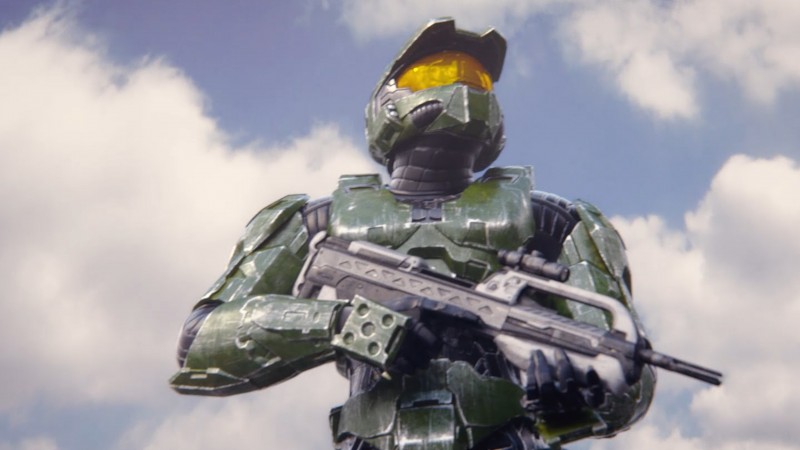
With the seminal console shooter now on Steam in the form of Halo 2: Anniversary, we spoke with Brian Jarrard, who worked at Bungie during the development of Halo 2, and now works as community director at current Halo developer 343 Industries, to learn what it was like to be on the frontlines for the launch of such an important title in gaming history.
Coming off of Halo: Combat Evolved, what was the feeling at Bungie surrounding Halo 2 during development? What was the general sentiment of what the team needed to do?
Brian Jarrard: I joined Bungie following the launch of Halo: Combat Evolved at a time when there were less than 30 or so employees occupying an office park on the outskirts of Redmond, Washington. Xbox was off and running, and Halo was taking the world by storm. I remember a sense of pride and excitement as the original game landed and resonated greater than anyone could’ve anticipated. But, the team was never one to rest on its laurels – the focus immediately turned to “How do we top this?” As we witnessed Halo: Combat Evolved multiplayer really take off and spawn a vibrant LAN scene, there was a real desire to double down and make multiplayer something special. The team was also deeply involved in the development of Xbox Live, which we knew presented an incredible opportunity to evolve beyond the CRT LAN parties and create a revolutionary online experience.
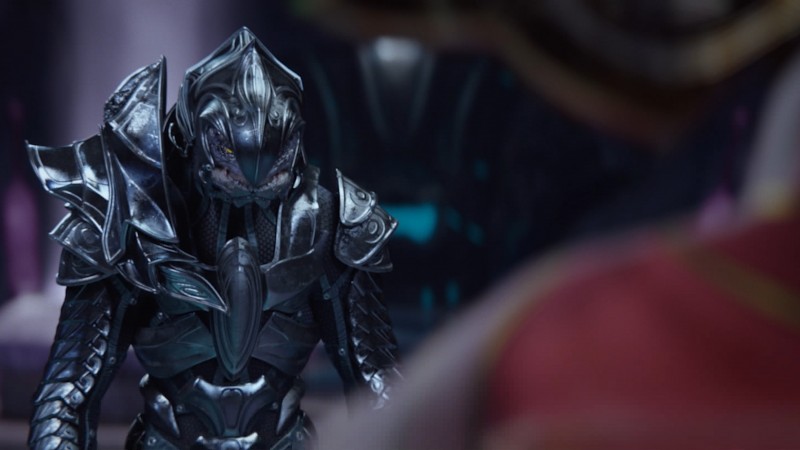
At what point was the concept of a dual-protagonist story surfaced? What was the communication within the studio like surrounding this idea?
By the time I joined the studio, I recall the rough narrative framework already being in place, with a focus on sharing both the UNSC and a Covenant point of view. Of course, at that time, the mission structure was significantly different and, as the now-infamous stories go, huge chunks of the game were cut and reworked very late in development.
Can you frame for gamers in 2020 just how important Halo 2 was for online gaming 16 years ago?
Prior to Halo 2 and Xbox Live, online gaming was really relegated to the PC and built on established models like a server listing you could sort by ping. One of the biggest evolutions Halo 2 introduced was the very concept of “matchmaking” itself. Rather than make players refresh and scroll through a server list to find a match, the game worked its magic behind the scenes and grouped similarly skilled players together and initiated a game session with a few quick button presses. Not only did it make getting into a game incredibly fast and simple, it also worked to put players into competitive games using skill ratings as a key criteria, which helped ensure players had close games that were thrilling and rewarding; even in a loss, the team felt it was more satisfying and fun to barely lose a close battle than to blow out a lower skilled opponent.
The social aspects of the game were also revolutionary at the time. The team often referred to the vision as a “virtual couch” – emulating the same type of personal and persistent experiences with friends you used to have with Halo: Combat Evolved on a LAN, but now on Xbox Live across the globe. Being able to party up with friends and move seamlessly between games was a game changer. There were plenty more nuanced improvements as well, including the way voice was integrated and bringing post-game stats outside the game to a player’s profile on Bungie.net, which I believe was a first for a console game.
Max Hoberman, the multiplayer lead on Halo 2, and the Bungie team were the epitome of outside-the-box thinking, but credit must also be given to all of the teams that designed Xbox Live – without which none of this would’ve been possible. Virtually every game that uses skill-based matchmaking today can trace their roots back to what Halo 2 introduced.
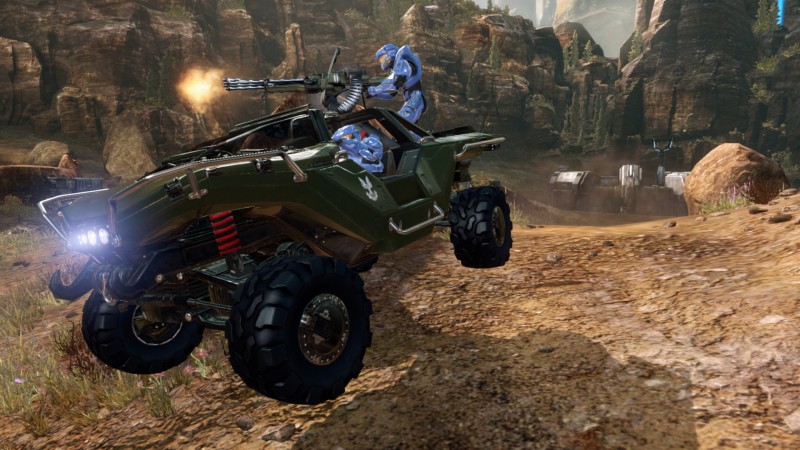
How do you view the legacy of Halo 2 today?
Halo 2 was the first Halo game I was a part of, and will always hold a very dear place in my heart. While Halo: Combat Evolved proved to be a breakout and helped establish Xbox as a legitimate gaming console, it was Halo 2 that blew the lid off and catapulted the series into a global phenomenon. The advent of Xbox Live and a completely new approach to online gaming created a truly global connected gaming community, introduced systems and designs that inspired nearly every console multiplayer game that followed, fueled the early beginnings of a passionate, competitive esports scene, and of course left players on a cliffhanger, which no doubt helped make Halo 3 an even bigger game when it released.
Are there any iconic moments or elements of Halo 2 that you recall almost ending up different or not in the game altogether? What were the conversations like when these decisions were being made?
There’s never a shortage of ideas or content that inevitably ends up on the cutting room floor during game development, and the team was notoriously ambitious. The original Halo 2 announce trailer showcased engine technology that was visually stunning for the time but alas proved to be impractical as the game took shape. Huge pieces of the game had to be completely scrapped and rebuilt and as a result, the campaign was massively re-worked (including cutting complete missions) into something the team could land in time for launch. There were tough conversations to be had and while it felt to me like we were still facing the impossible, there was also never really a sense that the team would fail. Everyone rose the challenge and really pulled off something remarkable in the face of adversity.
Of course there were other considerations beyond the campaign design – plenty of other stuff ended up being cut due to time and resources, including the Flood Juggernaut. Some may not know that the Theater – which wouldn’t come until Halo 3 – was actually initially envisioned for Halo 2.
Obviously there was a massive appetite for a sequel to Combat Evolved, but from a marketing standpoint, how did you try to get across what was truly special about Halo 2 besides of the obvious of “More Halo?”
The multiplayer advancements and new innovations afforded by Xbox Live were the easiest things to communicate and showcase. In terms of the campaign, it’s always a careful needle to thread because we always want the fans to discover the story’s twists and turns for themselves. We went to great lengths to try and protect the secrets therein, including a desire to not spoil the surprise when Chief’s “unexpected ally” joined the fray. A key theme that resonated was bringing the fight back to Earth – now the stakes were personal – it’s our planet and the last line of defense for humanity. We also saw unique approaches to engage audiences with the “I Love Bees” ARG marketing campaign that brought it all tangibly into the real world and gave excited fans a way to participate and fuel the excitement toward launch.
Halo 2 truly was bigger and better in every way, and I think Jason Jones’ now-famous quote was the perfect description: “Halo 2 is a lot like Halo 1, except it’s Halo 1 on fire going 120 miles per hour through a hospital zone chased by helicopters and ninjas. And the ninjas are all on fire too.”
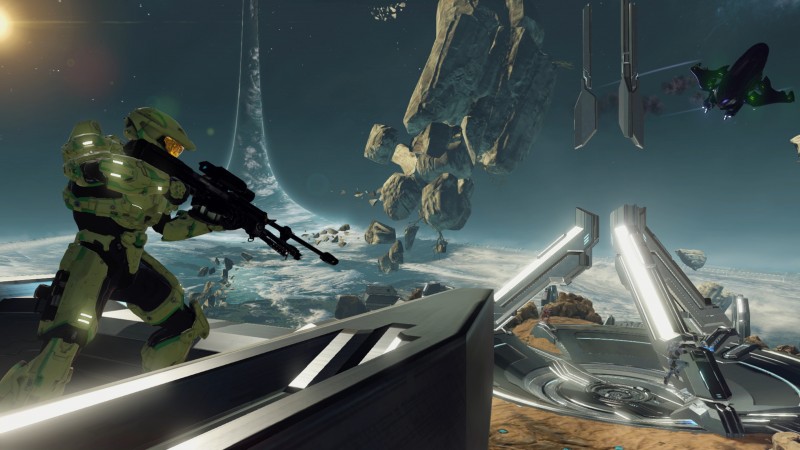
The first time you saw Halo 2: Anniversary running as it does today, what were your thoughts as someone who was there on the original team?
More than anything it was a renewed appreciation for the incredible work of the original art team and how iconic and impactful every single mission, character, weapon, and vehicle was. Seeing that all reimagined and modernized at a higher fidelity was breathtaking. Even today, seeing Halo 2: Anniversary running silky smooth at high-resolution on PC you’d never know it’s a six-year-old game that’s a remaster of a 16-year-old game.
With Halo: Master Chief Collection having been out for several years on Xbox One, what was the thinking of rolling out the games individually instead of bringing them all over to PC simultaneously?
On PC, titles within Halo: The Master Chief Collection are being delivered individually to ensure that we are partnering with the community and giving each title the focus it deserves. To do so, we’re running an extensive flighting program for each game included in the collection where Halo Insiders get hands-on access to in-development builds to provide critical feedback and input. Launching titles as they become ready also allows us to get Halo on PC into the hands of players much faster than having to wait until all six titles are ready – something we were keen to do given how long fans have already been waiting experience Halo on PC. We’re rolling out titles on a cadence that lets the Halo story unfold chronologically, with Halo: Reach and Halo: Combat Evolved Anniversary already available to players on PC, with additional titles to follow.
Can you share anything about what PC players can look forward to with the next steps of this rollout of Master Chief Collection?
The journey to bring each of these titles to PC has been challenging as the team is often working with code and content that was never intended to support a mouse and keyboard, let alone things like adjustable fields-of-view and variable framerates. The team’s goal from the beginning was to deliver experiences that feel as PC-native as possible. While some of these features like VFR and FOV sliders perform better in some games than others, overall it’s exciting to see what the team has been able to do with these old code bases to meet the expectations of PC gamers. Personally, I’ve just loved being able to play in high definition, on an ultrawide display, with a bit larger FOV – it breathes new life into these classics and they generally look stunning. And the community has wasted no time tinkering and modding these titles already – something we embrace and support for offline play.
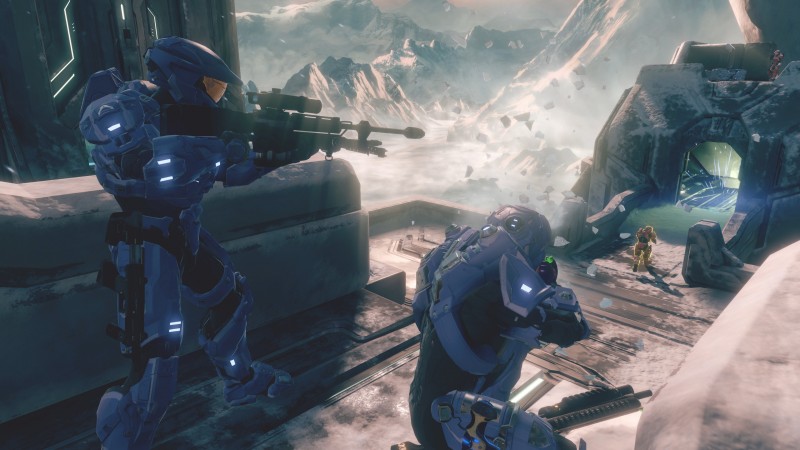
As someone who was with Bungie from Halo 2 until Reach, what are you personally most excited for?
The team has no shortage of ambitious ideas on their list to eventually get to for MCC. I certainly can’t wait for the work on Forge and File Share to get completed and we get these features onto PC. Forge will have some expanded functionality taking advantage of PC that, along with the extra precision and control a mouse and keyboard offers, should result in some really awesome creations and experiences for everyone to enjoy.
But, the area I’m most excited in – particularly as a community person – is where we can eventually take modding support for MCC. Today, we’ve removed barriers and we allow it for offline play but overall, it’s still “unofficial.” We hope to get to a place where we can offer more robust official mod support and see better integration, discoverability, and opportunities. My dream has always been to get the entirety of MCC on PC in an excellent spot and then essentially hand the keys to the community to make it their own and carry it forward for all.
In the more near term, I’m of course incredibly excited to Finish the Fight with Halo 3 and look forward to getting our Halo Insider flighting program going and jumping in with the community.
Halo 2: Anniversary is now available on Steam as a part of the continued rollout of the Halo: Master Chief Collection. The collection, which contains Halo: Combat Evolved Anniversary, Halo 2: Anniversary, Halo 3, Halo 3: ODST, Halo: Reach, and Halo 4, is currently available in its entirety on Xbox One.
